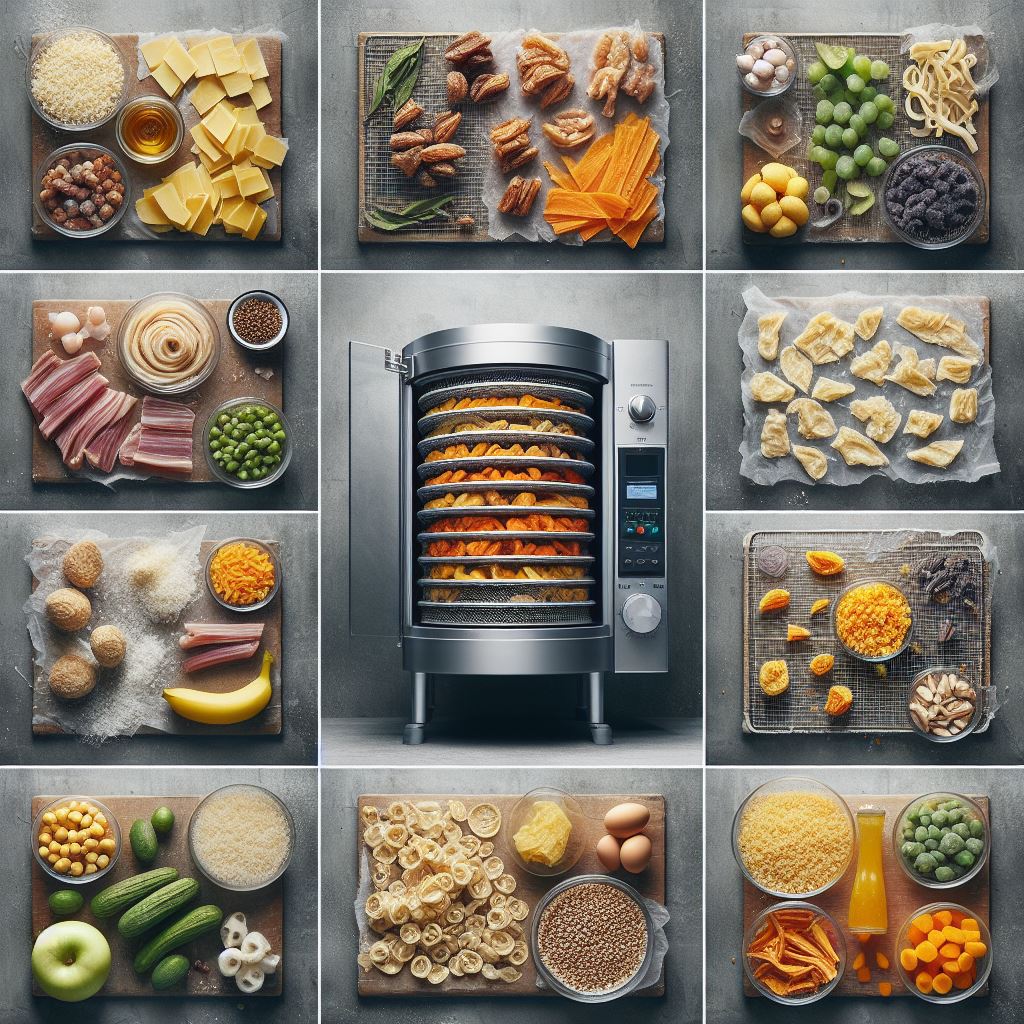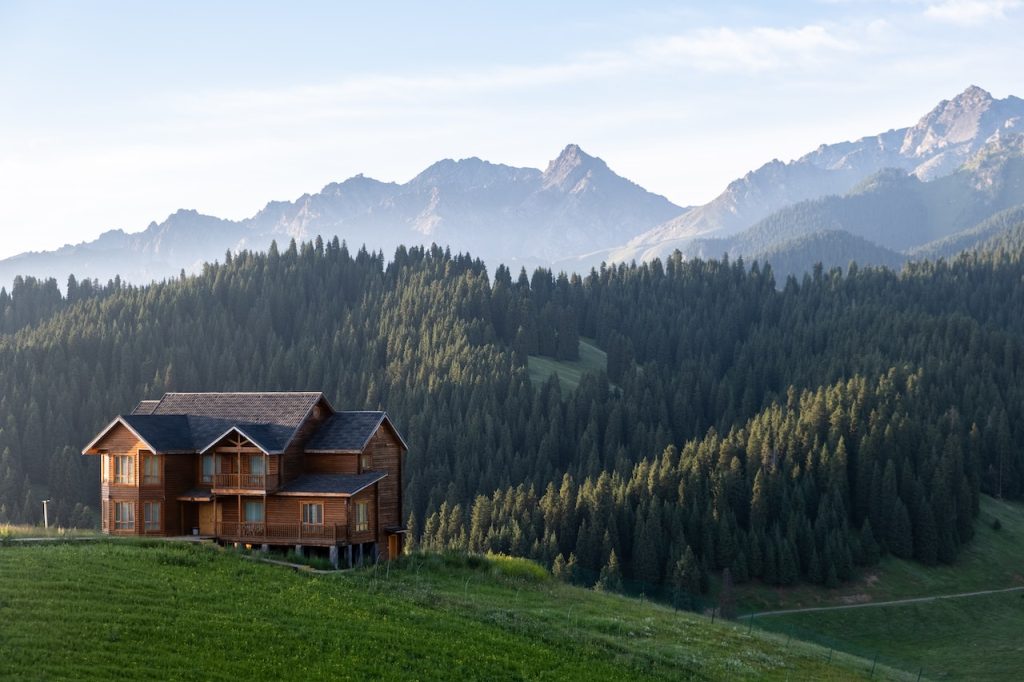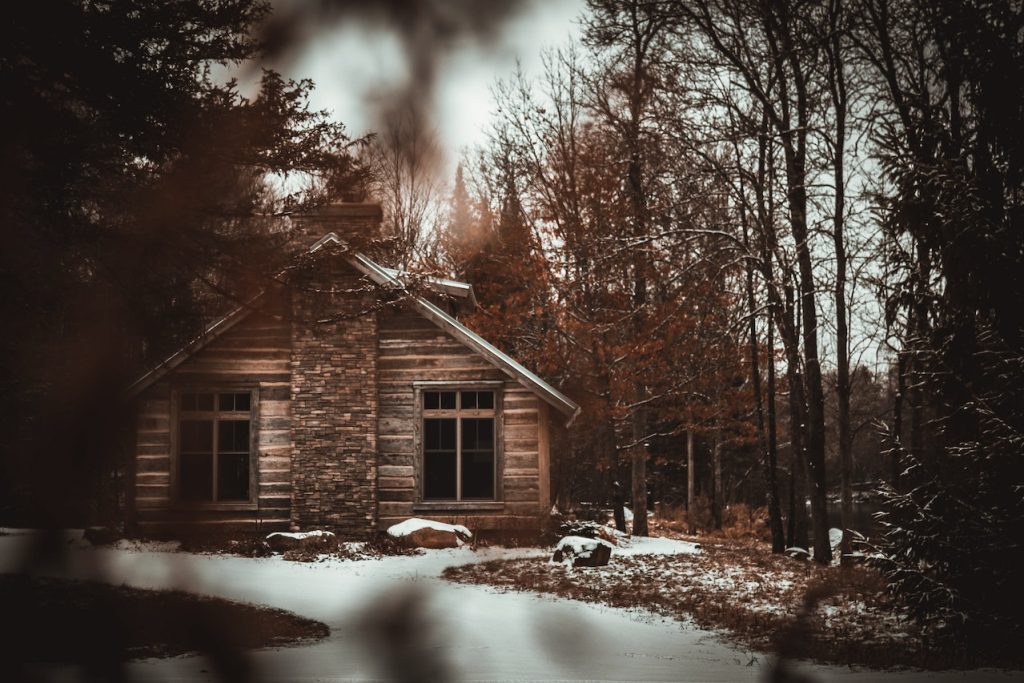Living off the grid offers a unique blend of freedom, self-sufficiency, and connection to nature. However, one of the key challenges faced by off-grid enthusiasts is ensuring a steady supply of fresh and nutritious food. That’s where freeze drying comes into play. Let’s explore how this preservation method can revolutionize your off-grid lifestyle.
What Is Freeze Drying?
Freeze drying, also known as lyophilization, is a sophisticated food preservation technique. Unlike traditional drying methods that use heat, freeze drying removes moisture by freezing the food and then subjecting it to a vacuum. The process involves three main steps:
- Freezing: The food is rapidly frozen to extremely low temperatures.
- Sublimation: The frozen water in the food transitions directly from a solid to a gas (sublimation) without passing through the liquid phase. This occurs under vacuum conditions.
- Sealing: The freeze-dried food is sealed in airtight packaging to prevent moisture absorption.
Why Choose Freeze Drying for Off-Grid Living?
1. Extended Shelf Life
Freeze-dried foods have an impressive shelf life. By removing almost all water content, the growth of bacteria, molds, and yeasts is inhibited. Properly stored freeze-dried foods can last for decades, making them ideal for emergency preparedness or long-term stockpiling.
2. Nutrient Retention
Unlike traditional drying methods that can degrade nutrients due to high temperatures, freeze drying preserves the nutritional content of the food. Vitamins, minerals, and enzymes remain intact, ensuring that you’re consuming wholesome meals even in remote locations.
3. Lightweight and Portable
Off-grid living often involves mobility—whether you’re hiking, camping, or living in a tiny cabin. Freeze-dried foods are lightweight and compact, making them easy to carry. They’re perfect for backpacking trips or stashing in your off-grid pantry.
4. Minimal Food Waste
Freeze drying minimizes food waste. You can preserve excess garden produce, leftovers, or seasonal fruits without worrying about spoilage. Plus, you won’t feel pressured to consume everything immediately.
5. Versatility
Almost any food can be freeze-dried. From fruits and vegetables to meats, dairy, and even complete meals, the possibilities are vast. Imagine enjoying a hearty beef stew or a refreshing mango slice in the middle of nowhere!
How to Get Started with Freeze Drying
- Invest in a Freeze Dryer: Home freeze dryers are available for personal use. While they can be pricey upfront, consider it a long-term investment in your off-grid lifestyle.
- Choose Your Foods: Start with foods you love and those that are abundant during specific seasons. Fruits, vegetables, and cooked meals are excellent candidates.
- Prep and Freeze: Slice or dice your food into uniform pieces. Arrange them on trays and freeze them individually. This prevents clumping during the freeze-drying process.
- Load the Freeze Dryer: Once frozen, load the trays into your freeze dryer. Follow the manufacturer’s instructions for optimal results.
- Seal and Store: After freeze drying, package the food in airtight containers or Mylar bags. Add oxygen absorbers to extend shelf life further.
In Conclusion
Freeze drying is a powerful tool for off-grid living. Whether you’re planning for emergencies, exploring the wilderness, or simply embracing a sustainable lifestyle, freeze-dried foods provide convenience, nutrition, and peace of mind. So, stock up, freeze dry, and savor the flavors of self-sufficiency!



